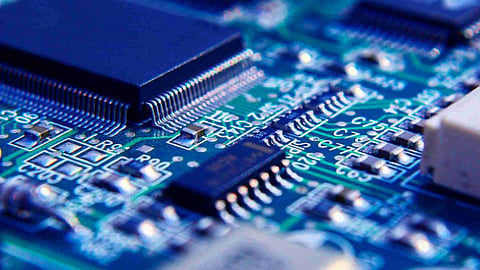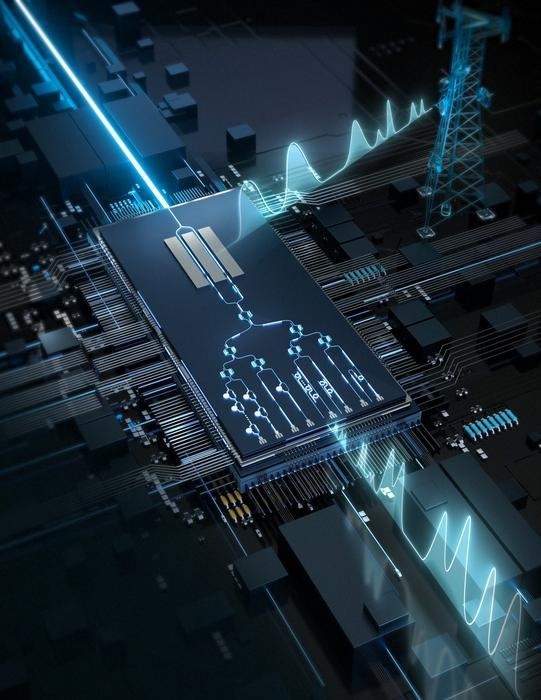



(sanjeev.hazarika77@gmail.com)
In brief, these are the different schemes under the Semiconductor and Display Fab policy.
n Fiscal support of 50% of the project cost under the scheme for setting up display fabs.
For more details, please refer to the website.
https://www.meity.gov.in/esdm/Semiconductors-and-Display-Fab-Ecosystem
Image Credit: Dana.S/Shutterstock.com
Image Credit: ArtemisDiana/Shutterstock.com

Benshan Wang, Professor, Study Corresponding Author, Chinese University of Hong Kong
Feng Hanke, Ph.D. Student and Study First Author, Chinese University of Hong Kong
Image Credit: KanawatTH/Shutterstock.com
Chipmaking has become one of the world’s most critical technologies in the last two decades. The main driver of this explosive growth has ...
